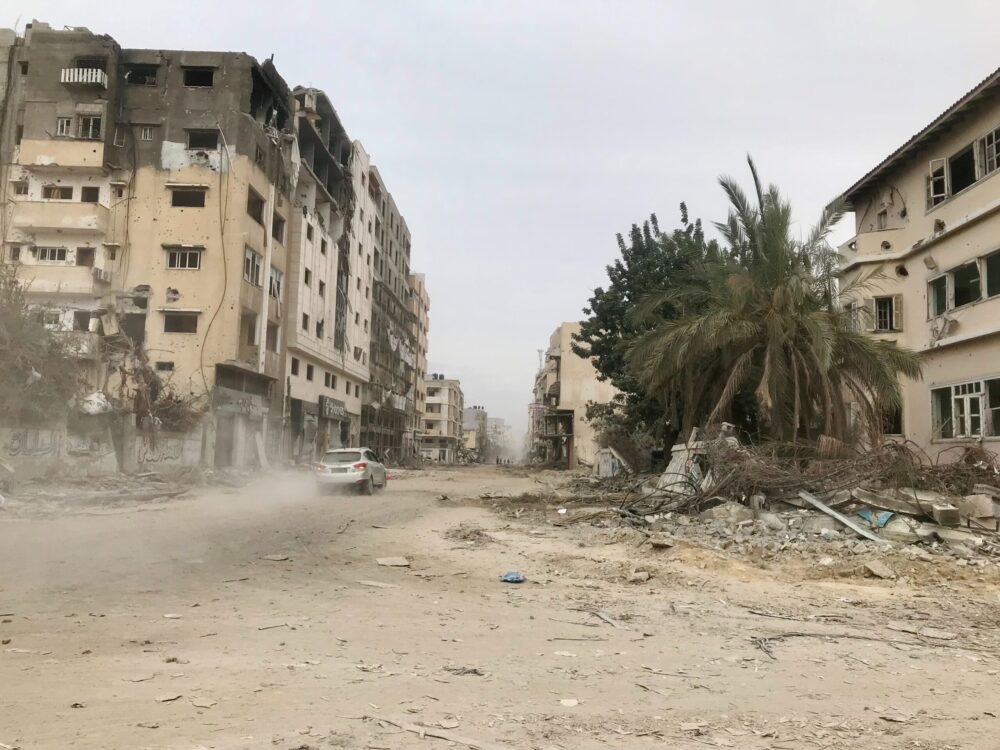President Biden has declared a set of principles for Israel’s role in postwar Gaza: “no forcible displacement of Palestinians from Gaza, no reoccupation, no siege or blockade, and no reduction in territory.” A fifth no is implicit: no Jews in Gaza. The administration hasn’t insisted that a future Palestinian government must allow Jews and Arabs to live “side by side in peace,” as they do in Israel.
The idea of Jews living in postwar Gaza may seem improbable, but Gaza hasn’t always been Jew-free. In modern times, a significant community existed as far back as the 1500s. In the late 19th century, while the region was under Ottoman rule, a new wave of Jews moved in and established a flourishing trade community. Most left after the Arab riots in 1929. When Israel recaptured Gaza from Egypt in 1967, thousands of Jews moved there, establishing the communities that came to be known as Gush Katif. Israel’s army pulled out of Gaza in 2005, taking the civilians with it.
It’s surely true that Jews couldn’t live for long in the postwar Gaza Mr. Biden envisions, under a “revitalized Palestinian Authority.” But that demonstrates that his vision isn’t one of a peaceful, deradicalized entity.
Consider the story of Jews in Germany, which committed the worst atrocities against Jews in history. After the war, under Allied occupation and de-Nazification, Germany became safe for Jews again. Fifteen thousand Jews, many from Eastern Europe, decided to live in West Germany after the war. They established organized communities and lived openly and safely among those who had sought to wipe them out years before. The German Jewish community has since grown to 120,000.
The choice to live in Germany in the decades after the war was controversial among Jews, but it wasn’t a death sentence. The Jewish communities in postwar Germany are emblematic of the country’s transformation from a systemic aggressor to the anchor of European peace. Similarly, Austria, whose Jews were almost entirely murdered or deported, now has a vibrant Jewish community, with multiple synagogues and kosher restaurants.
Had the Germans turned on the Jews settling there after the war—as happened in Poland in the 1946 Kielce pogrom—it is likely that the Allies wouldn’t have been satisfied as quickly as they were that Germany was safe for the world.
The U.S. and Israel agree that whoever rules Gaza after Hamas must make a clean break from the current terror gangs. The clearest test for whether that has been achieved is the same as it was in Frankfurt and Vienna: whether Jews can establish communities there. That can be made possible only the way it was in Germany—by the prolonged control and indefinite security presence of the victorious army.
The existence of safe Jewish communities in Gaza could eventually make Israel confident enough to withdraw. By contrast, as we’ve seen in recent months, if Jews aren’t safe in Gaza, they won’t be safe in Israel either.
The article was first published in the Wall Street Journal (“Gaza Can’t Be Peaceful Without Jews”, January 2, 2024)



